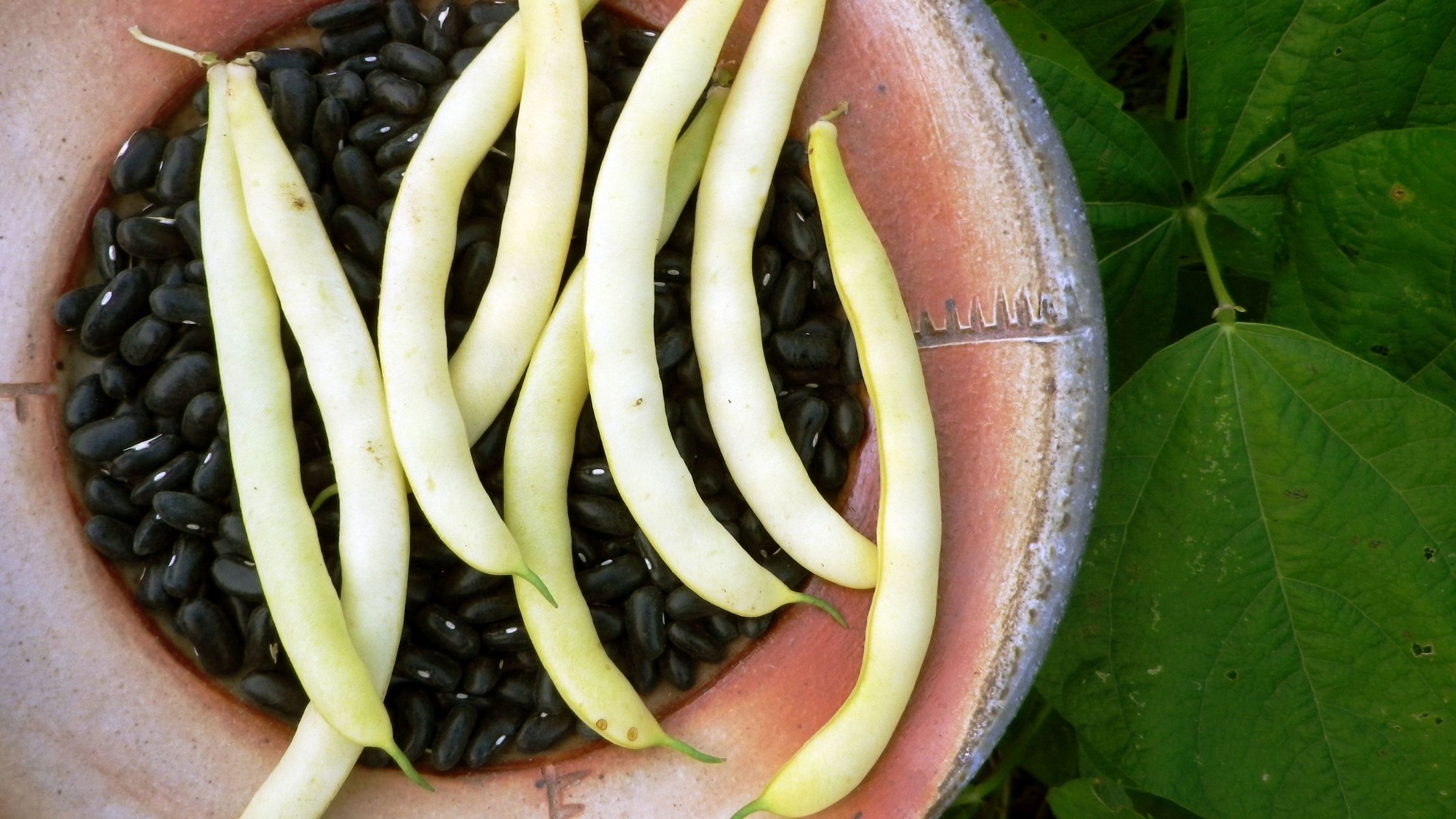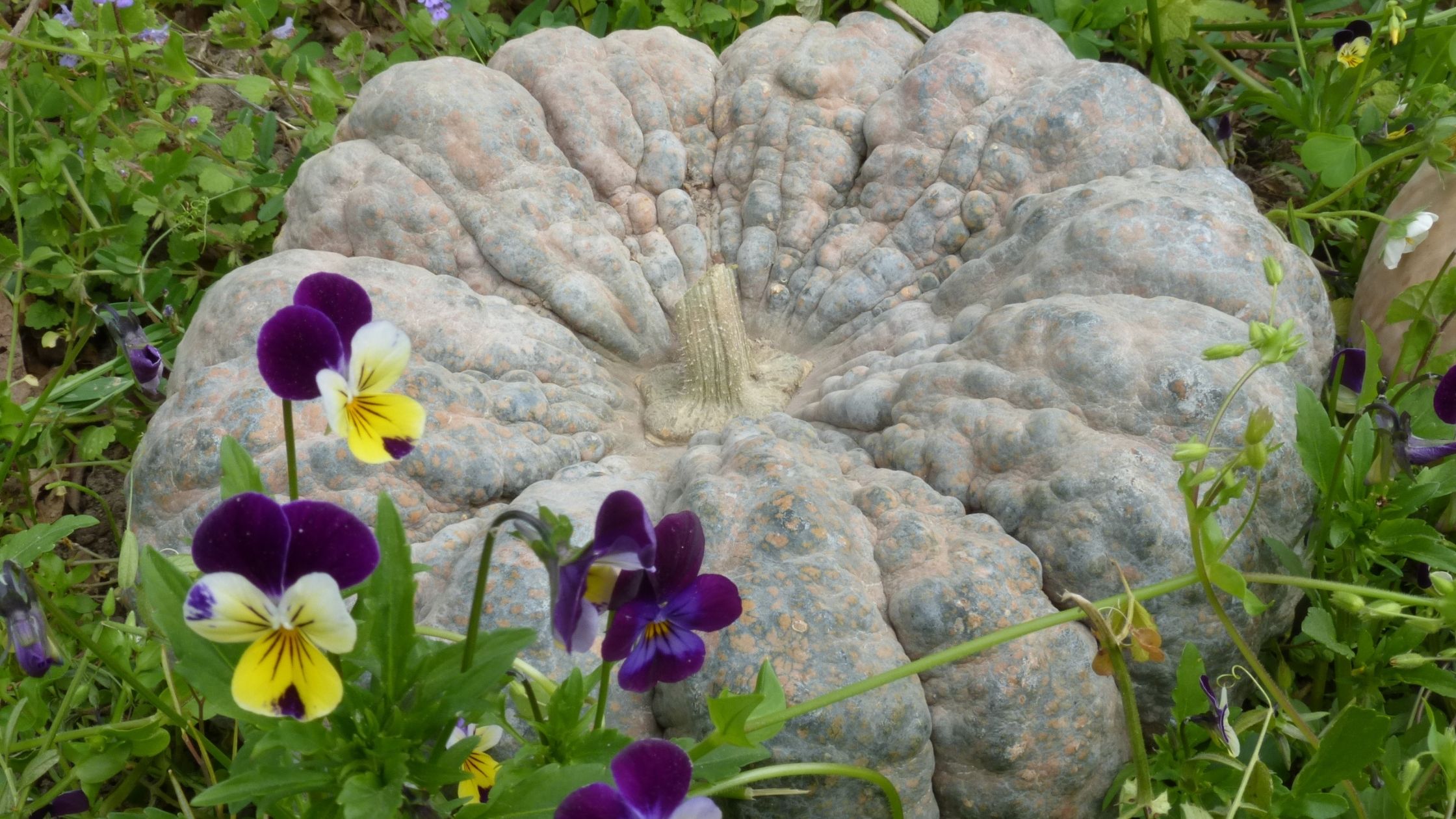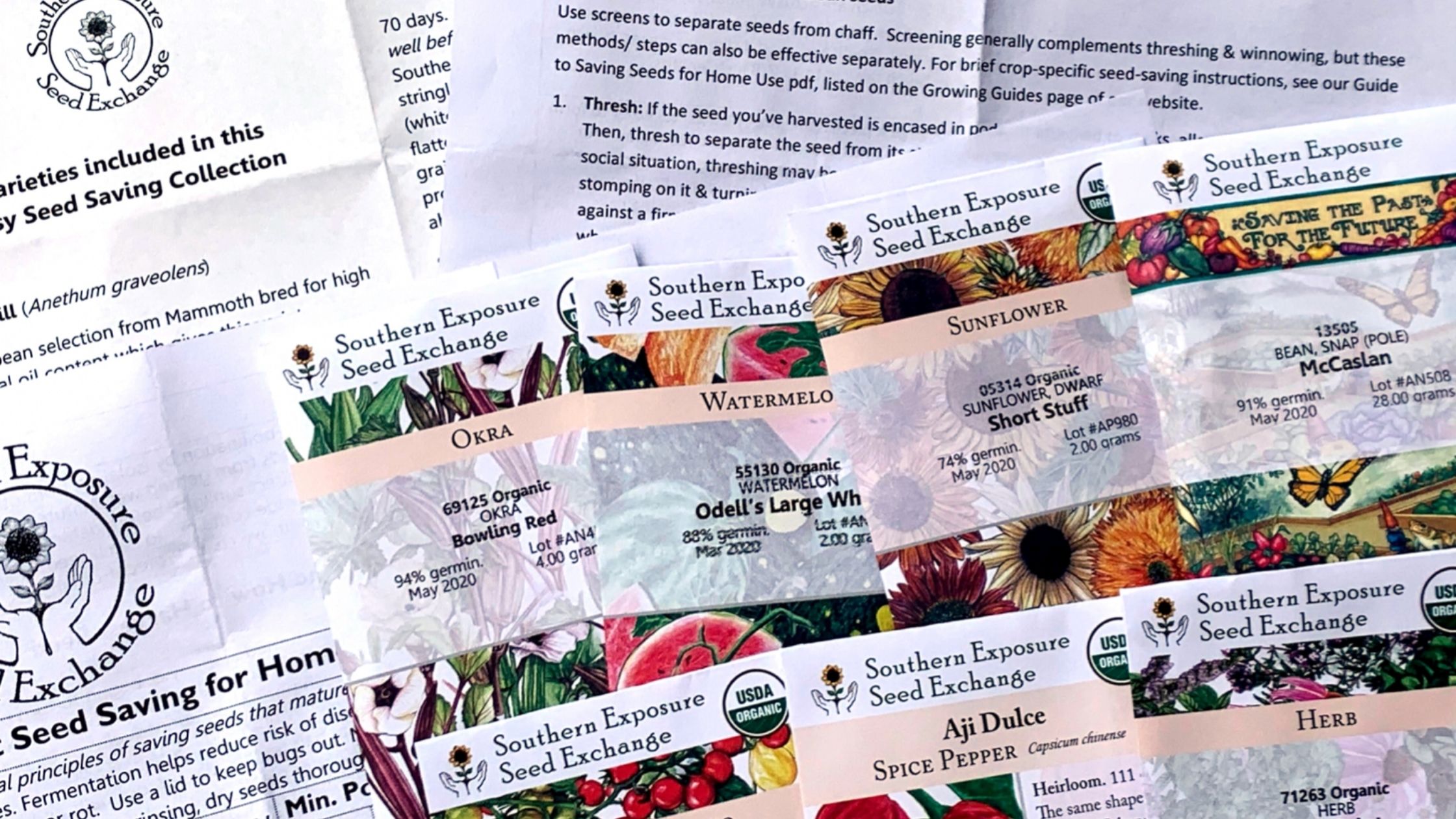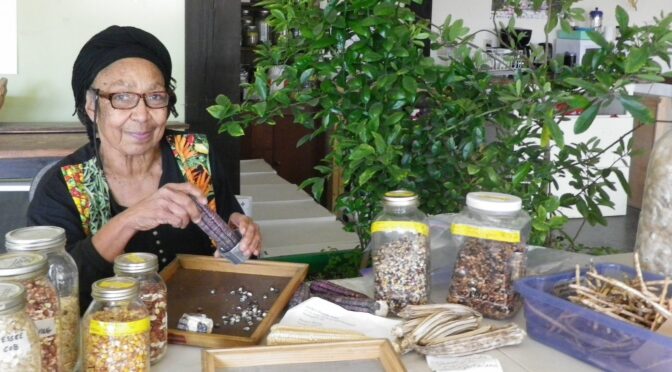In just a tiny handful, seeds contain hope for the future, culture, memories of the past, and beauty and produce to fill the garden and home for the coming season. Saving some of your own seed is a great project to tackle this year. Here are 22 reasons you should save seed in 2022.
1. Help Preserve Biological Diversity
Modern agriculture has caused a rapid decrease in the number of varieties available. In the past, most home gardeners and small farms saved seed from a least a few varieties. Over time, these varieties were adapted and bred to local conditions and tastes. Big agriculture has changed all of that. Large farms stick to a few standard varieties that provide uniform production and pack and ship well. When we save seed we save precious varieties whose genetics may be essential in the future.
2. Increase Your Self-Reliance
You don’t have to move off the grid, cut yourself off from the community, or grow all your own food to become a little more self-reliant. Small acts like saving seed can help you become a creator rather than just a consumer.
3. Have Some to Share or Trade
Seeds from your favorite varieties make awesome gifts for gardening family and friends! It’s also great to have some to swap whether you’re bartering with your neighbors or find a local or online seed exchange.
4. Teach Your Kids
Saving seeds can be an excellent biology lesson for kids. You can use the opportunity to teach them about plant life cycles, your local climate, and pollinators. It’s also a great life skill for them to have in adulthood.
5. Save Money
For most families, seeds probably aren’t one of your biggest expenses, but the cost of good quality seeds does add up! Saving some seed each year can help you cut down on your seed order bill each winter and maximize the return on your garden.
6. Adapt Seeds to Your Location
When we save seed, we select plants that performed well in our gardens. Each year that seed is saved from a particular place helps the variety become more and more adapted to local conditions.
7. Connect With Your Heritage
The industrial revolution, big agriculture, and quick, convenience foods have led to all of us stepping away from our family’s food and farming culture. Saving seed can help you take some of the back, no matter what your heritage may be.
With a bit of digging, you may find some of your family’s garden heritage. Maybe your family grew dent corn like Hickory Kind Dent Corn in the hills and hollers of Virginia. You might learn that your grandparents grew okra like Cajun Jewel in Louisiana or that your aunt was famous for her tomato sauce created with heirloom varieties like San Marzano or Black Plum. At a wider glance, you can find heirlooms from food cultures across the globe like Danish beets, Mexican tomatillos, or Eritrean basil.
8. Breed Your Own Varieties
Saving seed isn’t just about preserving heirlooms! You can also begin breeding your own varieties. Want large tomatoes that have the flavor of Matt’s Wild Cherries or collards that are blueish and tolerate drought? See if you can breed your own.
9. Spend More Time in Nature
For many home gardeners, once food is harvested the garden season is done. That’s not the case for seed savers. Starting a seed-saving practice will help you spend more time connecting to nature and working with plants in all of their life cycles.
10. Experience Living History
We may not want to live as our ancestors did, but growing food and stewarding seeds is a great way to live history. You’ll experience firsthand a process that humans have been doing for at least 12,000 years.
11. Join a Community
It can often be hard to find a sense of community in today’s troubled, busy world. By saving seed, you join the ranks of seed stewards (mostly home gardeners) worldwide, working towards a common goal. You can find groups both online and locally to share seeds and information. 
12. Take a Stand Against Big Corporations
At Southern Exposure, we believe that everyone has the right to save seed. We know that seed saving plays a vital role in food justice, agricultural biodiversity, and culture. By practicing seed saving and sharing, you support seed sovereignty and stand against big corporations.
13. Create a Family Tradition
Many of the heirlooms we carry were given to us by a family that stewarded them through the generations. These varieties are laced with the family’s history, stories, and memories. Saving seed, even from just one variety, is a great tradition to build with your family.
14. Get in Touch With The Seasons
In the past, humans’ lives flowed with the seasons. While gardeners may experience this more than non-gardeners, saving seed takes this process a step further. Sowing a tomato seed in February or March, caring for the tender seedling, transplanting it out, weeding, watering, and trellising until the tomatoes are ripe and then harvesting fermenting, cleaning, drying, and properly storing the new seeds until you can plant them again takes you through the entire year.
15. Support Pollinators
Many crops like carrots, lettuce, and radishes are typically harvested before they get a chance to flower and go to seed. These flowers are wonderful food sources for bees, butterflies, and other pollinators. Allowing these and other crops to go to seed in your garden helps support pollinators and encourages them to spend time in your garden.
16. Provide Seeds to Communities in Need
Not everyone has access to heirloom, good quality seed. If you have extra seed you can always donate it to families or communities in need. By donating to a community garden, seed library, or just someone in your neighborhood, you support food justice for all.
17. It Can Save You Time in the Future
This one may sound like a stretch, but saving seed can save you time on garden chores down the road. As you adapt varieties to your local conditions, you’ll need to spend less time watering. California farmer Kristyn Leach spent six years breeding and adapting an eggplant variety to her farm, and “…at the end of that time, Leach went from needing to water the crop three hours every other day to one and a half hours every week.” She also worked to create varieties that needed less fertilizer.
18. Always Have Access to the Varieties You Want
As we’ve personally seen during the pandemic, demand for seed can change quickly, and growers may be unable to provide for a rapid increase in sales. Saving your own seed ensures you’ll always have pole bean seeds even if other organizations and we sell out.
19. It’s Not as Hard as You Think
Learning to save seed can seem like a monumental task, but we promise it’s not as difficult as it sometimes sounds! Previously, Irena discussed Promiscuous Pollination and how it’s okay to save seed even if you’re unsure whether a crop has cross-pollinated. We also have a variety of resources to get you started with straightforward varieties like our Easy Seed Saving Collection and these additional blog posts:
20. Get Even More Satisfaction From Your Garden
Remember that feeling when you harvested your first basket of beans or picked your first gorgeous bell pepper? Seed saving brings that same feeling of pride and achievement. We promise.
21. Deepen Your Knowledge of Plants and Pollinators
Growing a garden is a great way to learn from nature. Saving seed from that garden takes it even further. Do you know when beets go to seed? How about how far apart tomatoes should be to avoid cross-pollination or what pollinates flowers that open at night? Saving seeds will open a new world in the garden.
22. Share Knowledge
As you learn to save seed, you can take others on the same journey. This vital skill is lost as we lose small farms and home gardens, keep it alive, and share it with others.
Saving seed is more important than ever. Whatever your reason, we encourage all of our customers to save seed from at least one variety this year!

